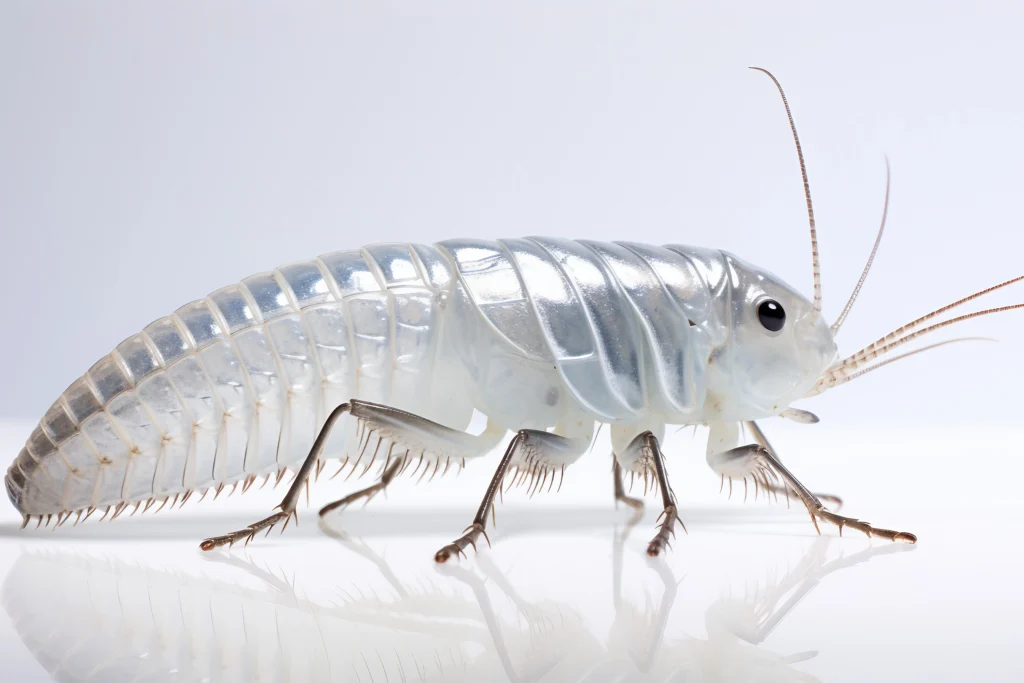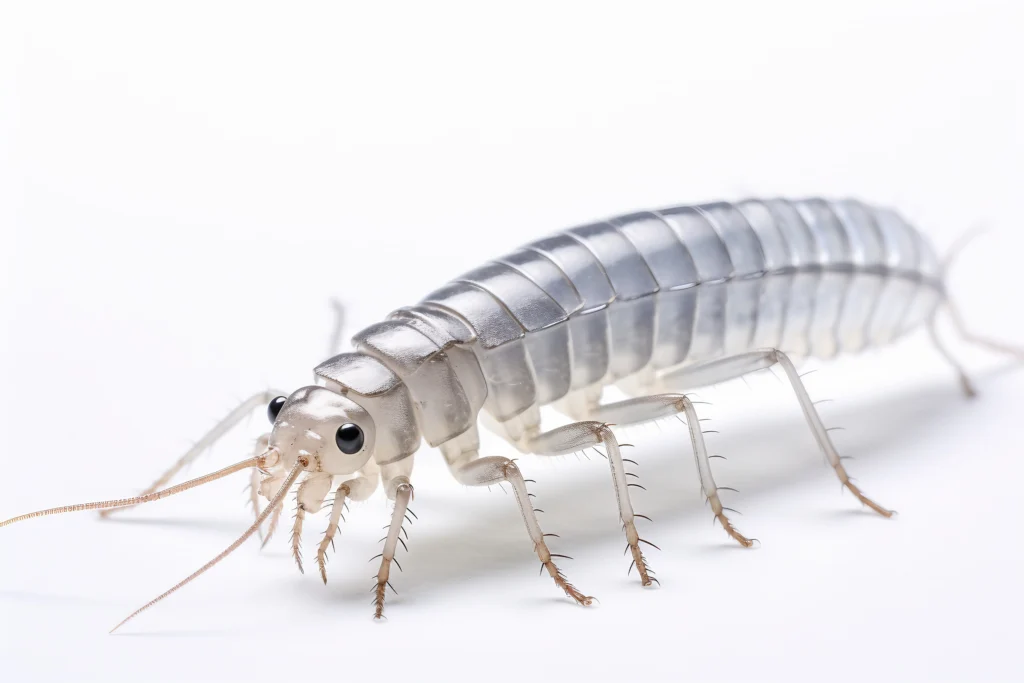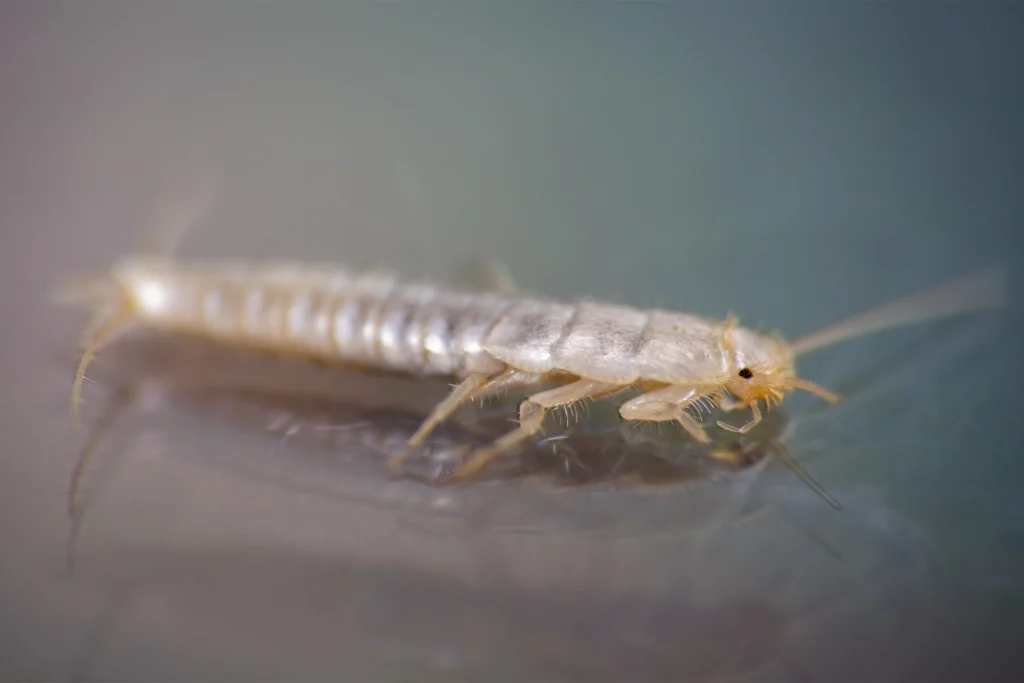A Comprehensive Guide to Species, Risks, and Effective Management Strategies



Though not dangerous to humans, silverfish can be quite a nuisance for homeowners in Colorado. They have the potential to cause substantial damage and lead to spread of diseases by bringing in germs. If your household has the ideal conditions, which may entail damp environments caused by basements, poorly ventilated rooms, and leaky pipes, then they can survive quite well.
Since you do not want to suffer the adverse effects of having them in your home, it makes sense to have them removed as soon as possible. This article gives details regarding different species you might encounter in the state, different risks they pose, and proper management strategies you can implement to remove and prevent them from becoming a problem ever again.
Understanding Silverfish
This wingless insect belongs to the order Zygentoma and derives its name from the silvery light gray color and the way it moves like a fish. Its size ranges between 13 and 25mm and has abdomen tapers that give it the appearance of a fish. It is a highly adaptable creature, meaning that it can survive in a wide array of environments ranging from urban areas to forests. While indoors, it can do well in places such as offices, libraries, basements, attics, among many other indoors spaces.
There are over 500 known species but not all can be found in your living space. Those that invade your home are regarded as pests because they can be quite nuisance. They can lead to numerous things such as destroying property, allergies and asthma, and contamination. They can set up habitats in different areas like attics, bathrooms, kitchens, under sinks, wall cavities, and crawl spaces.
Preferences and Seasonal Behavior in Colorado
Although not as prevalent as in other regions with higher humidity levels in the United States, they are quite common in the state. The diverse climate, courtesy of distinct elevations plus varying temperatures throughout the year can provide ideal conditions for them to thrive. They prefer dark and damp environments, meaning they do not do very good in the outdoors. However, while in the house, they can thrive and reproduce since they will have the best surroundings.
One factor that affects their distribution in the state is the specific time of the year. To explain this, you will find that warmer months especially during summer and spring will lead to a significant increase in their population.



The reasoning behind this is that the warmer days present excellent circumstances that help boost their reproduction rates as well as enable them to breed with ease. This will not be the similar case during colder days of the month because you find that their population is quite reduced. This happens because the cold makes them less active. They even go into hibernation mode waiting for better days.
Another factor that affects their distribution across the state is the different elevations. These insects prefer warmer places, meaning they will be higher in population in lower elevations compared to lower numbers in higher areas. Lower places also provide tons of habitats for them. They love the indoors and lower areas have more buildings, providing ample shelter and food.
Common Species in Colorado
Although there are many species, only a couple can be found in the state.
Lepisma Saccharina
It is the most common type and can be recognized from its silver-gray color and tapered body shape. It can grow between 13 and 25mm and is one of the most common species that you can find in indoor environments, including your home. It feeds on different materials like wallpaper paste and paper.
Ctenolepisma Longicaudata
It resembles lepisma saccharina but the only difference is that it is slender and has a longer antenna. It can be recognized from its light brown to gray color and may have some darker markings. They are commonly found indoors and feed on the same materials as the lepisma saccharina.
Ctenollepisma Quadriseriata
This one is also quite similar to the aforementioned two species because it also has a slender and elongated body. It has four dark stripes on its body and that is why it is commonly referred to as the four-lined. Adults grow up to between 10 and 12mm. It is commonly seen in kitchens, basements, and bathrooms.



Signs you are dealing with an Infestation
Now that you have a proper understanding of the different species that are out there, it is now time to have a look at distinct signs that will hint that you are dealing with an infestation and need to take quick actions before things get out of hand. The first obvious thing is seeing them.
Based on the aforementioned description of different kinds of these insects, you definitely have an idea of how they look like. Therefore, if you see them with such attributes, it could mean you have an issue that needs to be handled as quickly as possible.
Since they feed on books, cardboards, and paper, destruction of these items can indicate their existence in your home. This damage could also be seen on natural fibers like silk, cotton, and linen.
Potential Risks of Having Them at Home
Although they are not harmful to humans, they still have their own risks that can end up being quite a bother for you as a homeowner. The first thing is that they have the potential to cause significant destruction to your property. This happens because they mainly feed on materials like paper, cardboard, and books. Therefore, they can end up destroying even crucial documents. In addition to this, they leave excretions all over. If these encounter food, they can cause extensive contamination causing food safety concerns. These excretions are also known to cause respiratory issues like asthma and allergies.
DIY Management Strategies
Managing them by yourself can be a tricky and rather overwhelming task to do. The reasoning behind this is that they are quite small. In addition, they reproduce a lot and if you have an infestation, it might be hard to get rid of all of them at once. However, if you still insist on going the DIY route, you can do a couple of things to get rid of them. The main thing you can do here entails using natural remedies to repel and deter them. Some examples of these include boric acid, diatomaceous earth, and food-silica gel. All you need to do is to apply these around where there is an infestation. You might also use essential oils like lavender, cedar wood, and peppermint to deter them. All you need to do with these is mix water with a few drops of essential oil and spray where they are most prevalent.
Reasons to Hire Experts
As earlier mentioned, dealing with them can be quite hard. This is why you might want to leave this task to the professionals to help you out. The main reason for this is that experts have the needed experience and knowledge to know how best to deal with them. They have studied them and they have an understanding of the places they hide and the most scientific and safest way to eliminate them from your home. This is exactly what they will do for you, which is quite different from what you would do for yourself instead due to the lack of experience. They will also provide you with tips and tricks to ensure that you do not have to ever deal with such a problem in the future.






Preventive Measures You Can Take
Since you probably do not want to ever deal with such an issue in your life, it makes sense to learn some good preventive measures that you can take to ensure this is never an occurrence in the future. The first thing that you need to understand is that they are attracted to moisture and damp areas.
Therefore, you need to eliminate such conditions by fixing faucets, leaky pipes, and water sources. You can also use a dehumidifier in areas like the attic, bathroom, or basement to get rid of excess moisture.
Another thing is to seal entry points that can potentially be utilized by the insects to get access to your house. Use caulk or a sealant to seal entry points like gaps, doors, windows, and utility lines.
Silverfish might not pose serious health risk to you and your family. However, they can be unsightly to look at and can cause some structural damage. You do not want to experience these issues. To avoid them, it makes a lot of sense to deal with them as soon as possible. You might decide to go the DIY route but this is not advised because it can be an overwhelming task. Instead, call in the pest control experts in Colorado and let them do the hard job for you. They have the needed expertise to remove them in a safe way and ensure you do not have to ever deal with such an issue again.
If you think Silverfish are causing you problems in Colorado Springs, CO or anywhere in Teller County or El Paso County, please do not hesitate to
contact us today! We will help resolve your problem quickly, safely, and at affordable rates.
